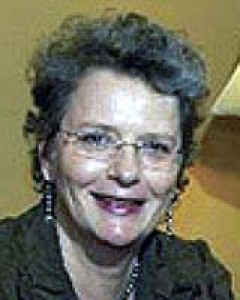early abstract:
Objective: To determine change in chronic condition risk factors in a remote Indigenous community following a 3 year period of community led health promotion initiatives.
Methods: A comparison of data between two cross sectional surveys of Indigenous Australian community residents before and after health promotion activities, and longitudinal analysis of participants present at both surveys using multilevel mixed-effects regression.
Results: At baseline, 294 (53% women; mean age 35 years) participated and 218 attended the second survey (56% women, mean age 40 years) and 87 attended both. Body composition, BP and urinary albumin-to-creatinine ratio remained stable between baseline and follow-up. After adjusting for age and sex, haemoglobin A1c (HbA1c) significantly increased (57 to 63 mmol/mol [7.5% to 8.1%], p=0.021) for those with diabetes. Increases were also observed for total cholesterol (4.4 to 4.6 mmol/l, p=0.006) and triglycerides (1.5 to 1.6 mmol/l, p=0.019). While high density lipoprotein (HDL) cholesterol levels improved (0.98 to 1.02 mmol/l, p=0.018). Self-reported smoking prevalence was high but stable between baseline (57%) and follow up (56%). Similar results were observed in the longitudinal analysis to the cross-sectional survey comparison.
Conclusions: Community-led health promotion initiatives may have had some benefits on chronic condition risk factors, including stabilisation of body composition, in this remote Indigenous community. Given that less favourable trends were observed for diabetes and total cholesterol over a short time period and smoking prevalence remained high, policy initiatives that address social and economic disadvantage are needed alongside community-led health promotion initiatives.


